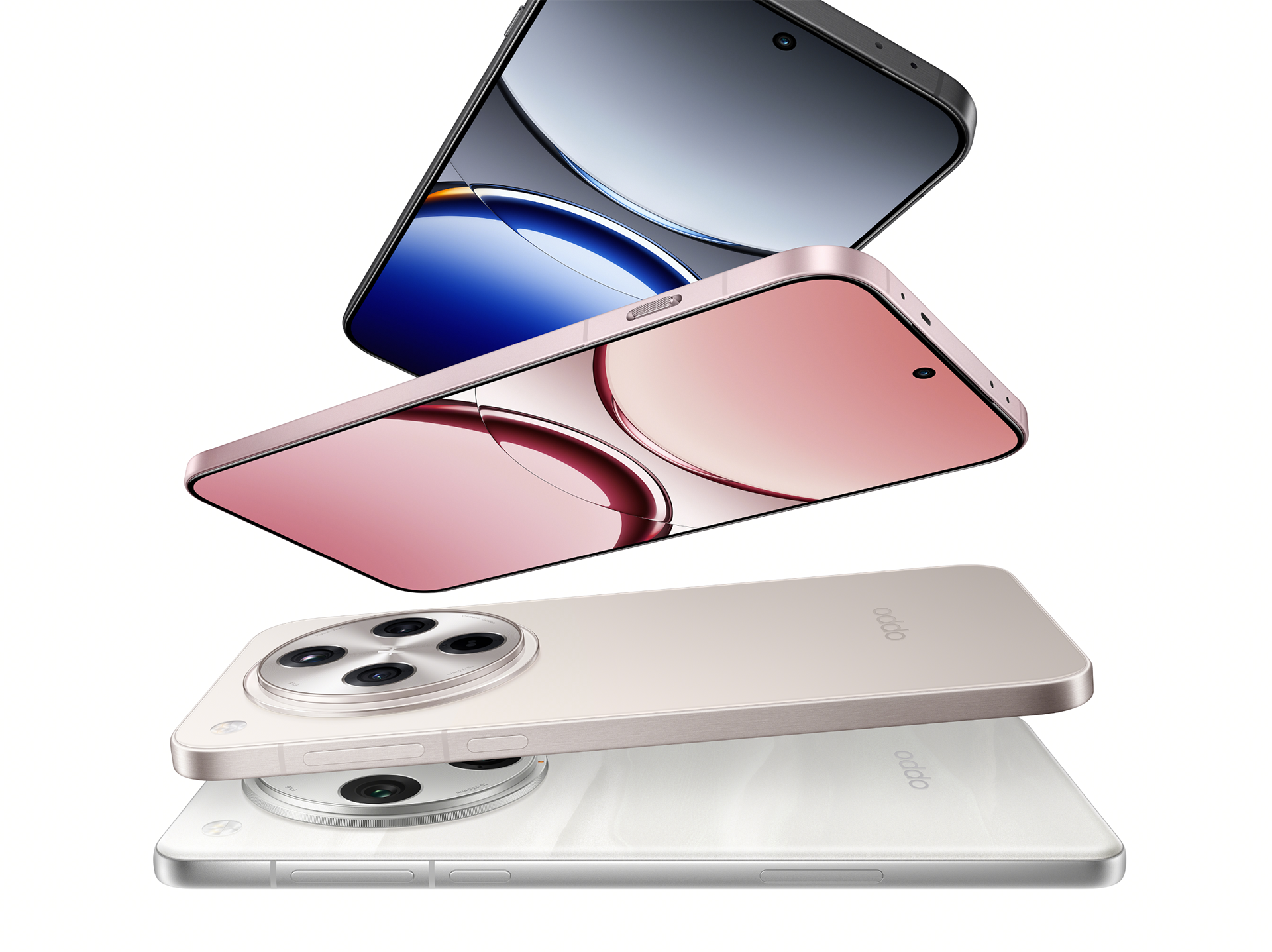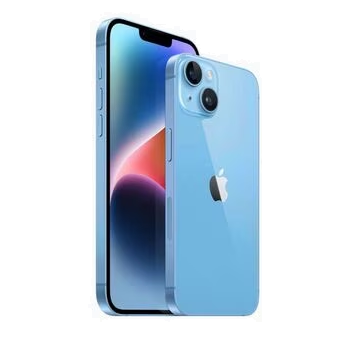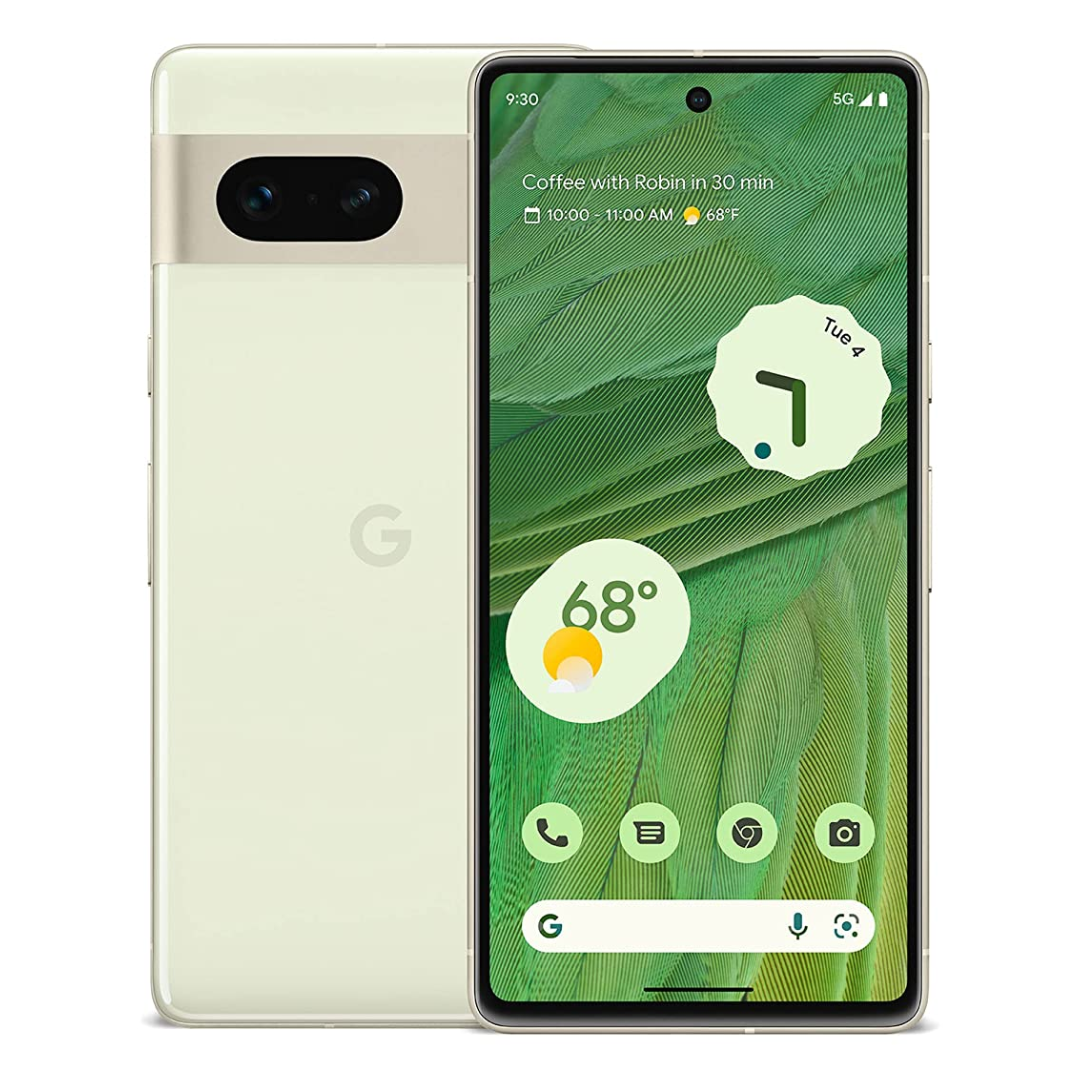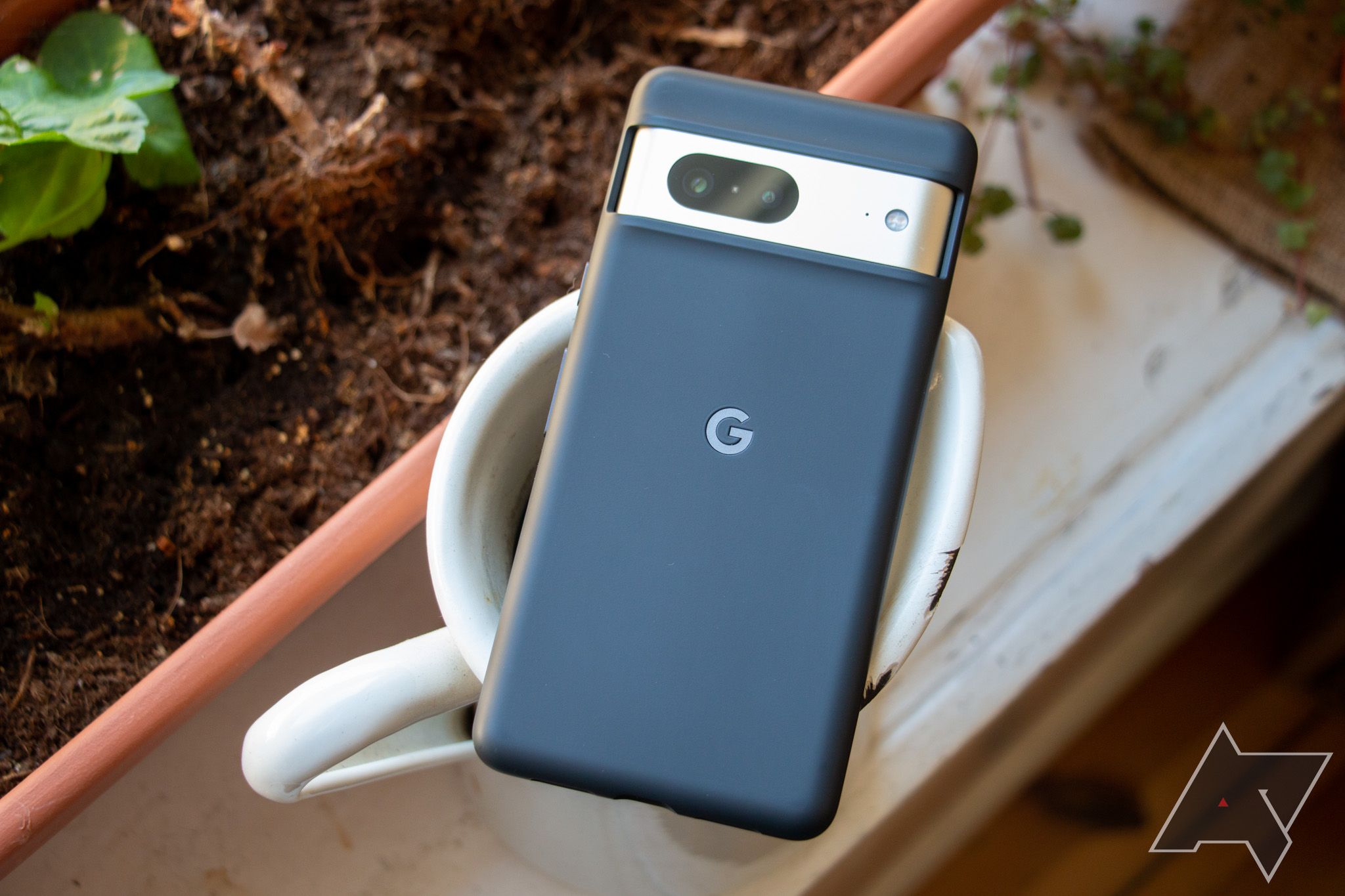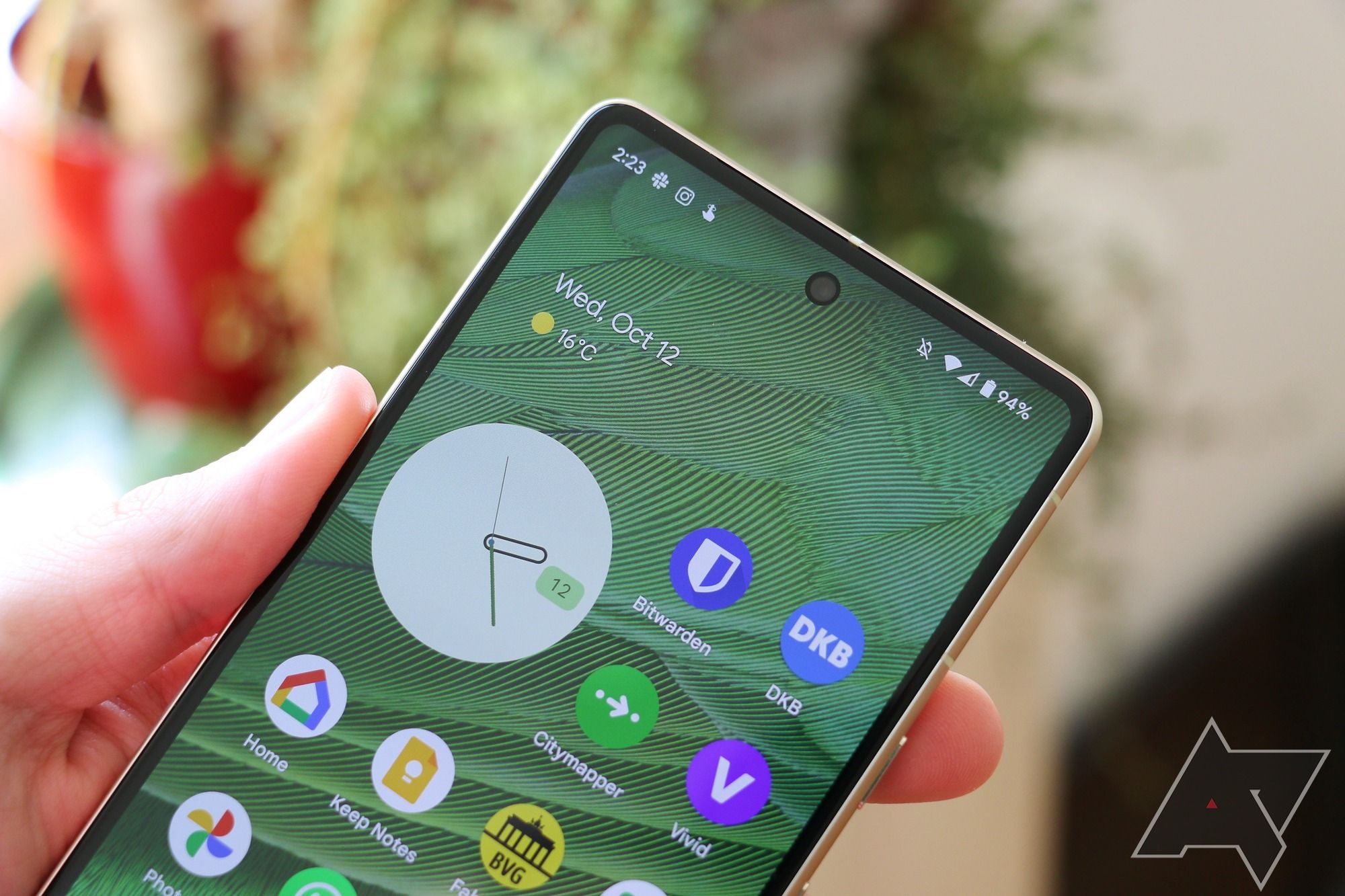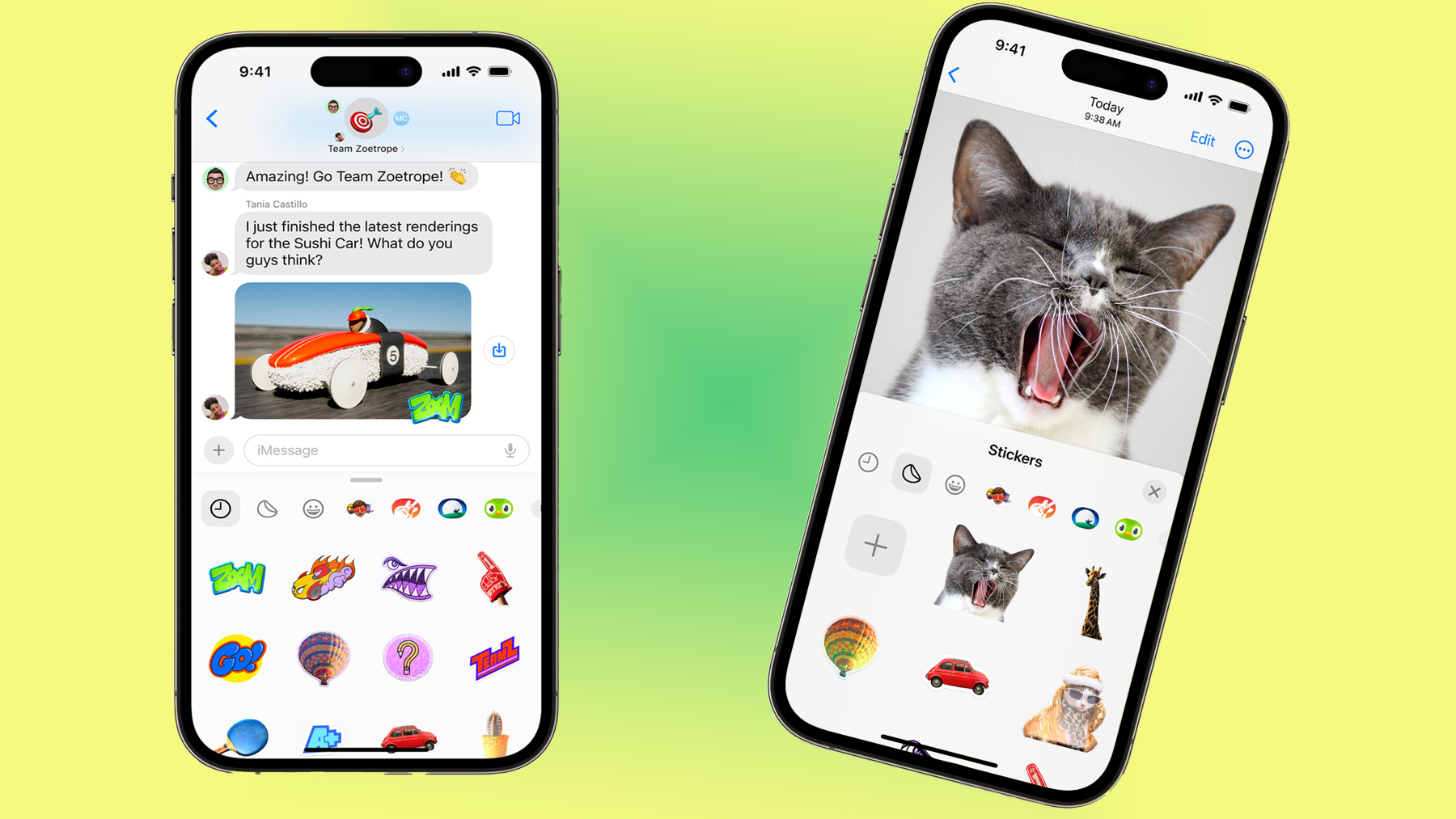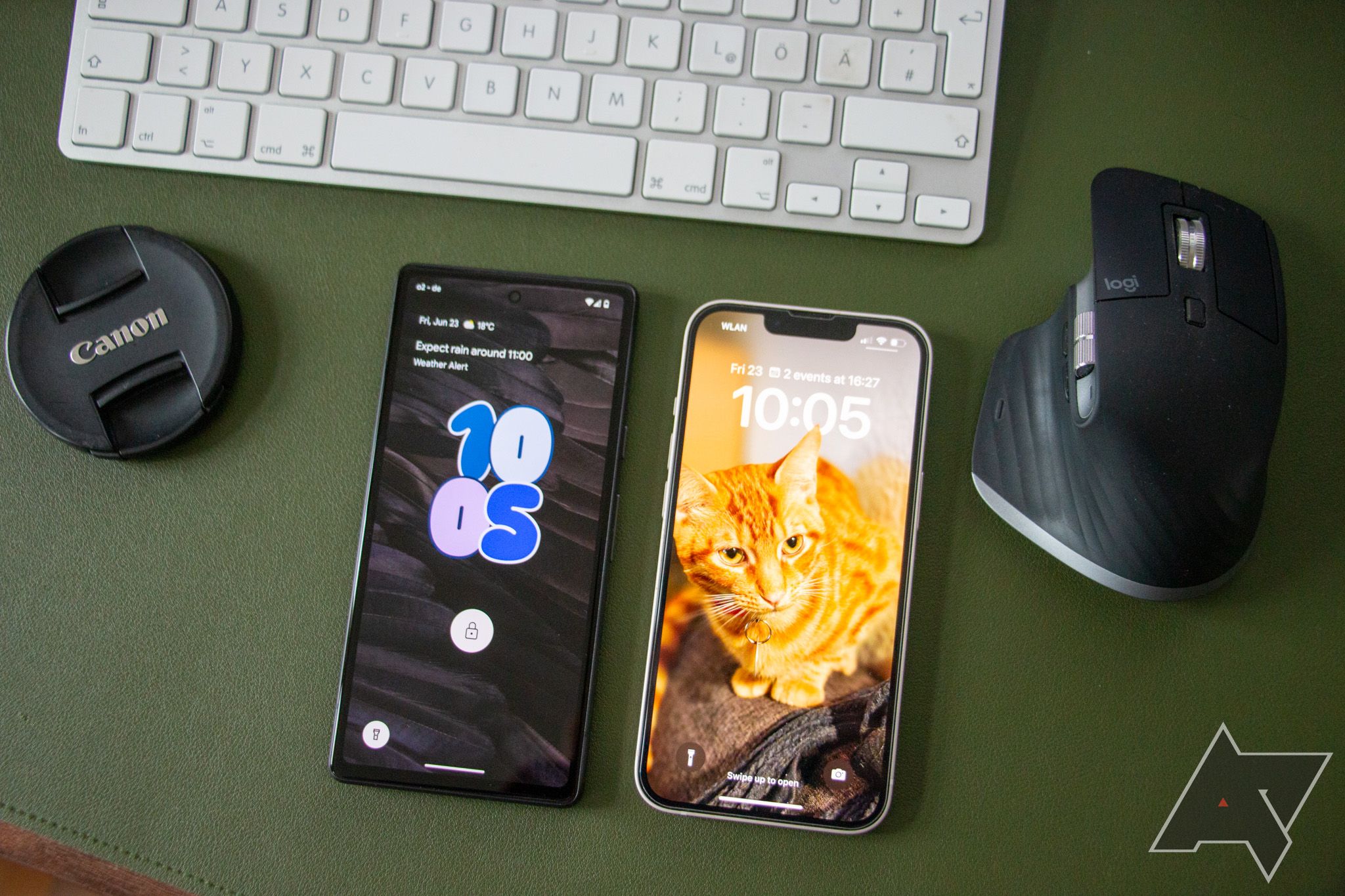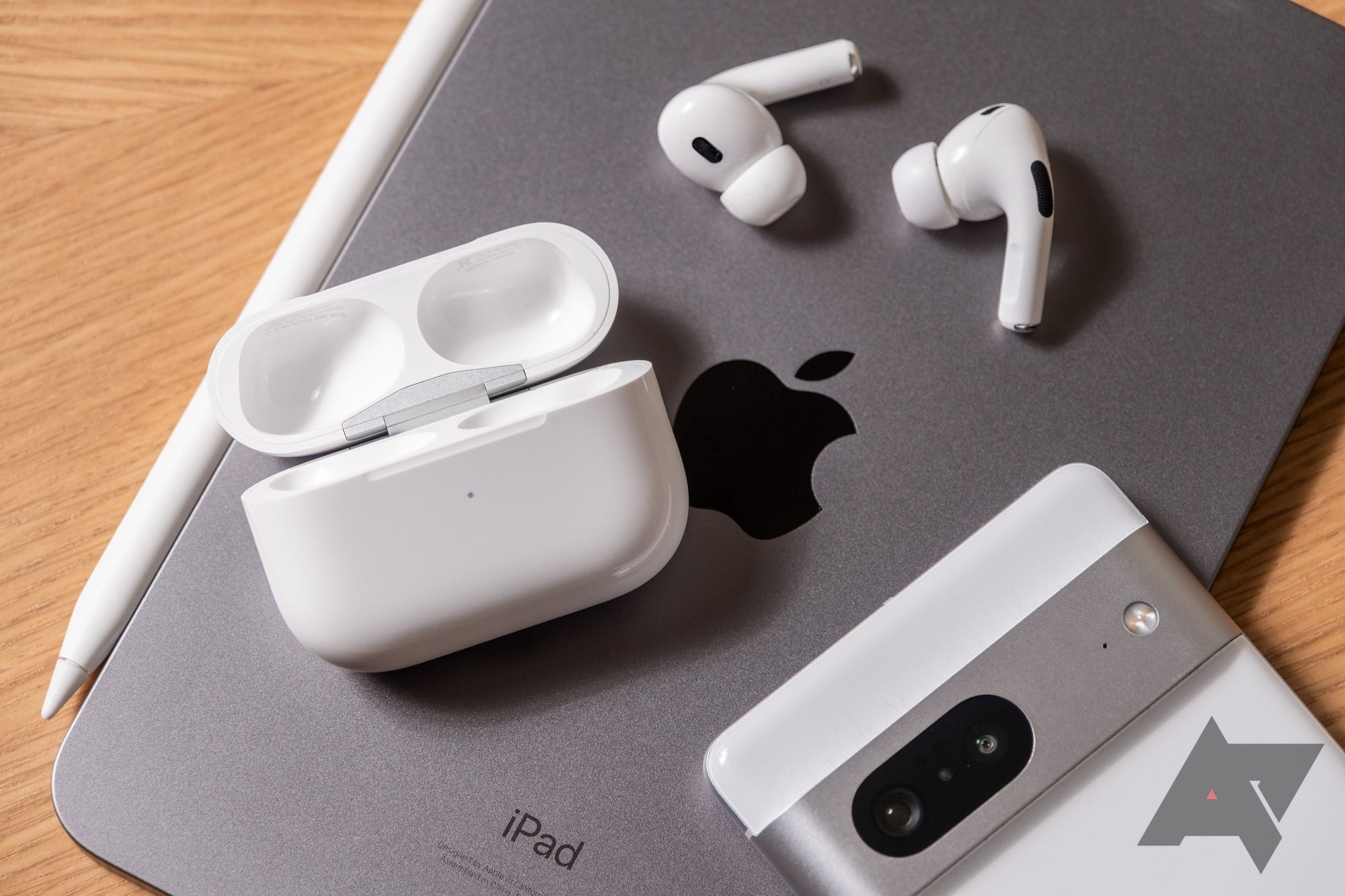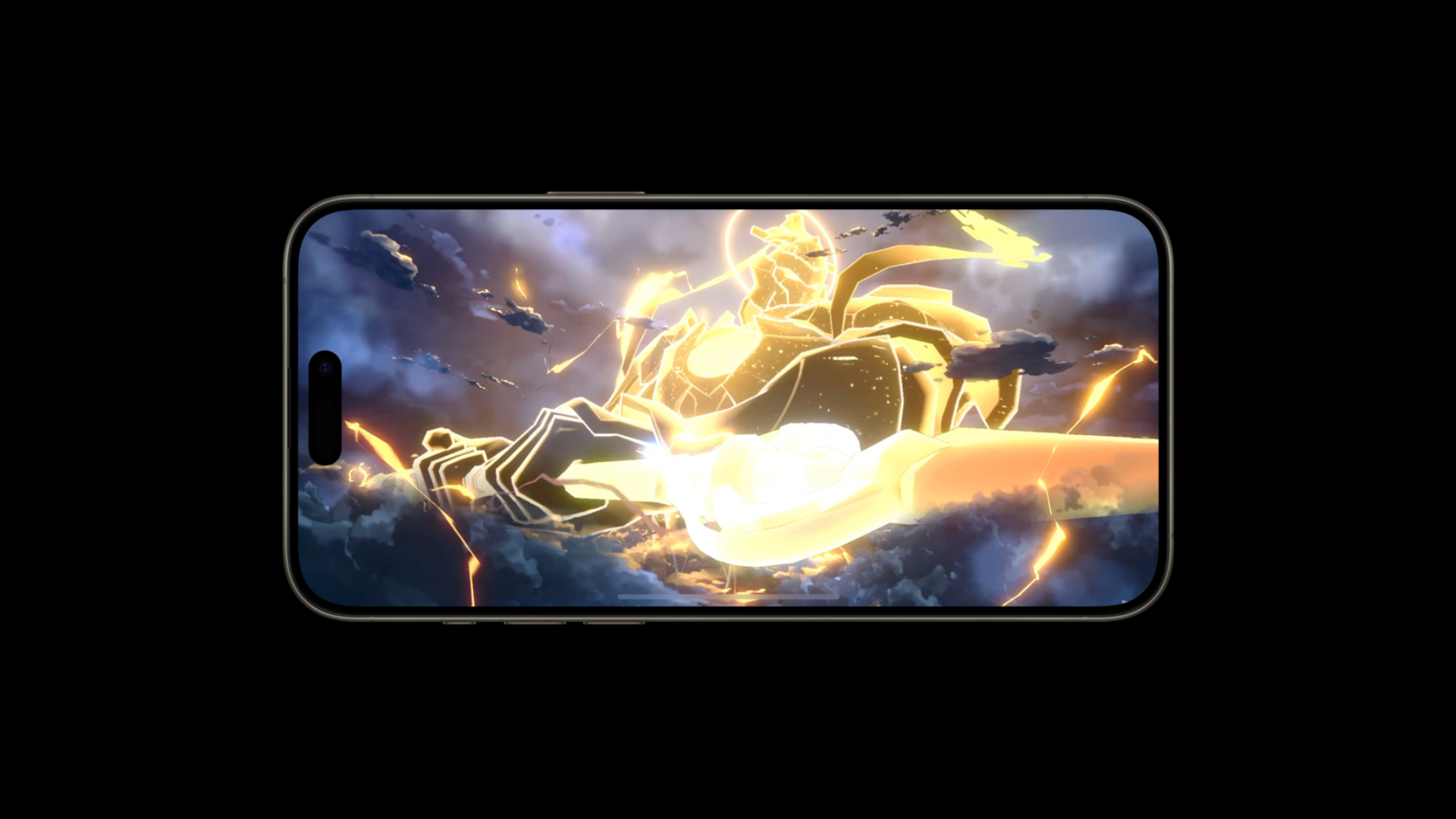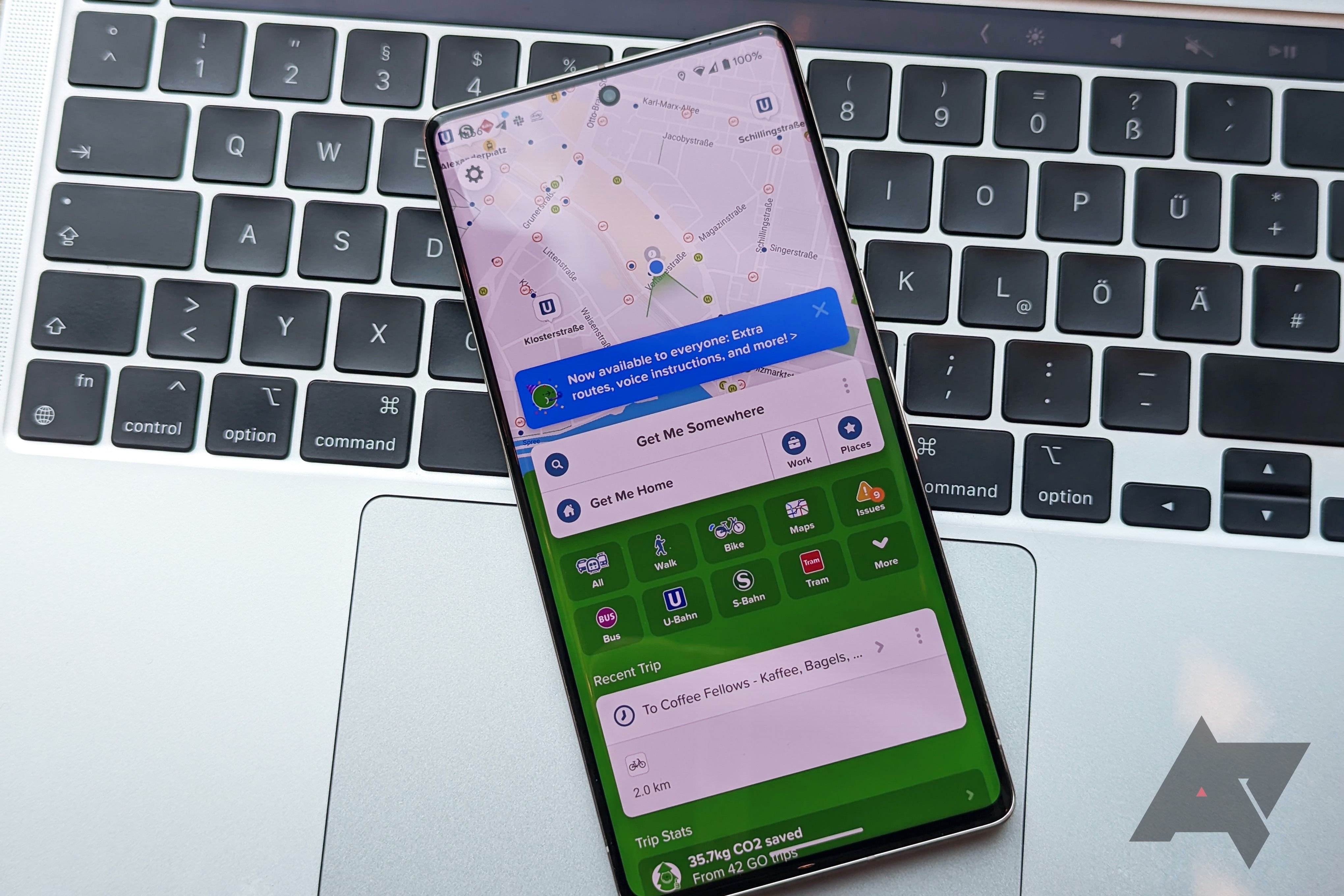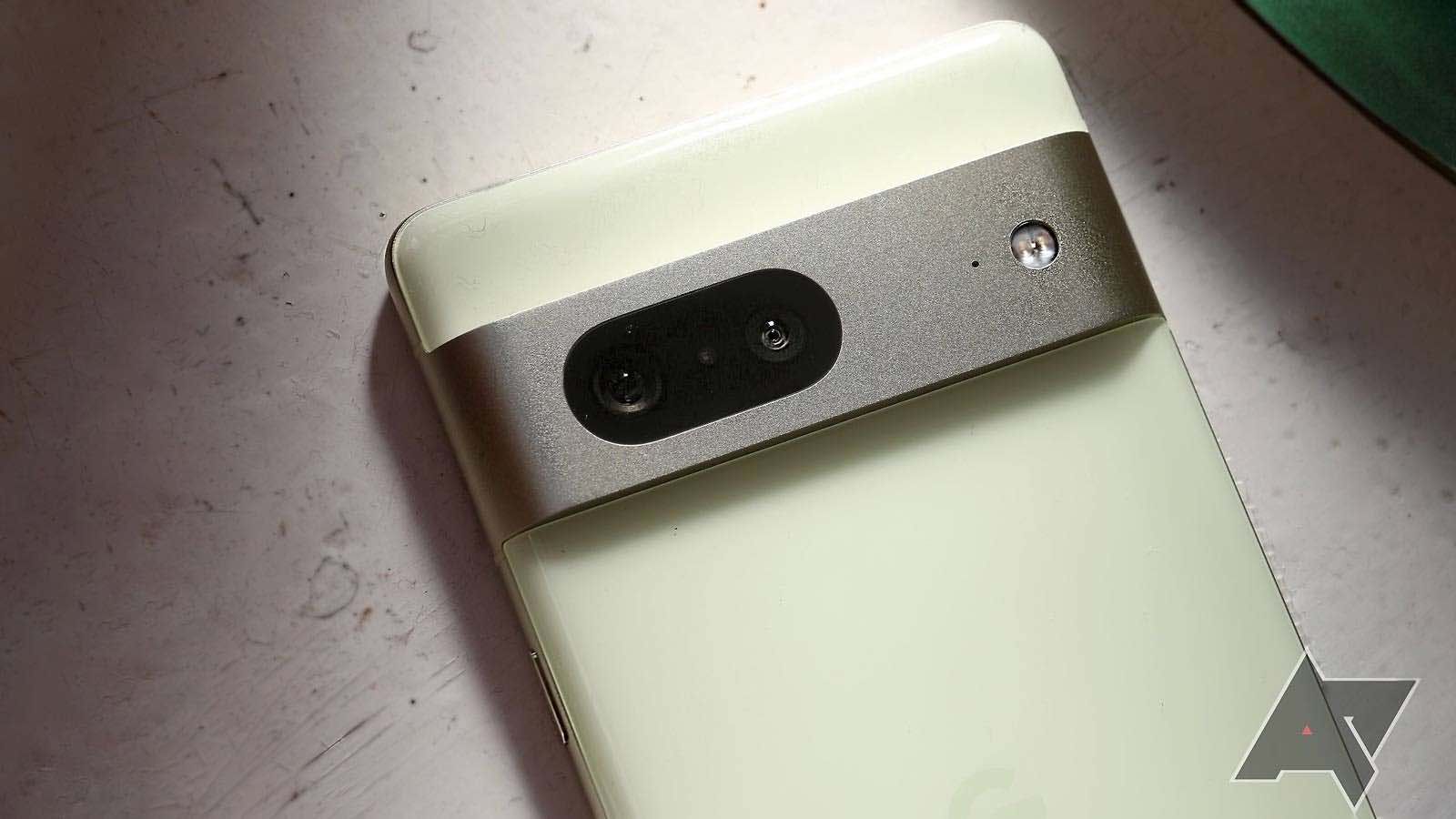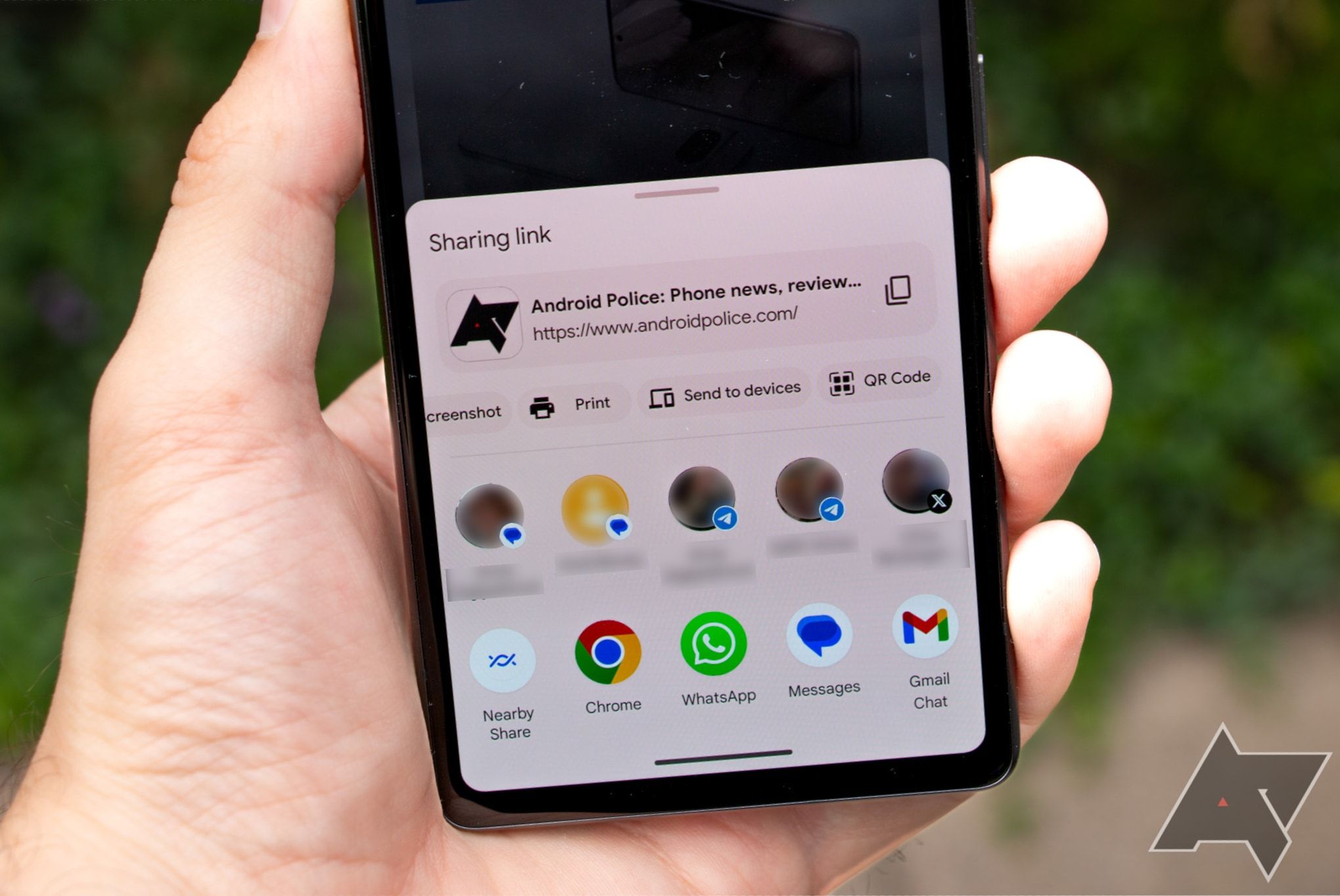Review sản phẩm
Quyết đấu đỉnh cao: So sánh Apple iPhone 15 vs Google Pixel 7
Giới thiệu Apple iPhone 15 vs Google Pixel 7: An iconic showdown
Cuộc đối đầu kinh điển giữa Apple iPhone 15 và Google Pixel 7: Sự đối đầu mang tính biểu tượng
#AppleiPhone15vsGooglePixel7: Cuộc so tài kinh điển giữa hai sản phẩm đình đám
Trên thị trường di động, Apple và Google luôn là hai ông lớn cạnh tranh mạnh mẽ với nhau. Và lần này, cuộc chiến giữa Apple iPhone 15 và Google Pixel 7 đang thu hút sự chú ý của người dùng toàn cầu.
Apple đã chứng tỏ sức mạnh đáng kinh ngạc của mình với hàng loạt phiên bản iPhone trước đây. Và iPhone 15 không phải là một ngoại lệ. Với vi xử lý mạnh mẽ, camera tiên tiến cùng hệ sinh thái iOS đa dạng, chiếc điện thoại này hứa hẹn mang đến trải nghiệm tuyệt vời cho người dùng.
Tuy nhiên, Google Pixel 7 cũng không phải sản phẩm dễ bị lãng quên. Với thiết kế đẹp mắt và camera vượt trội, Pixel 7 đang trở thành một đối thủ đáng gờm của Apple. Hơn nữa, hệ điều hành Android của Google cũng khá phổ biến và đa dạng, cho phép người dùng tùy chỉnh và cá nhân hóa máy theo ý thích cá nhân.
Điểm đáng chú ý trong cuộc đối đầu này là camera. Cả iPhone 15 và Google Pixel 7 đều có những cải tiến đáng kể trong khả năng chụp ảnh. Camera trên iPhone 15 được đánh giá cao với khả năng chụp ảnh tuyệt đẹp trong điều kiện ánh sáng yếu, trong khi Pixel 7 mang đến khả năng chụp ảnh chân dung vượt trội.
Ngoài ra, mỗi sản phẩm còn có những tính năng độc đáo của riêng mình. iPhone 15 được trang bị công nghệ nhận diện khuôn mặt Face ID tiên tiến, trong khi Pixel 7 có thể được tích hợp với nền tảng trí tuệ nhân tạo của Google, mang lại khả năng tương tác thông minh và trí tuệ nhân tạo vượt trội.
Với những lợi thế và độc đáo của mình, cả iPhone 15 và Google Pixel 7 đều đáng xem xét khi người dùng muốn mua sắm điện thoại di động cao cấp.
Vậy tại sao không trực tiếp ghé thăm Queen Mobile để trải nghiệm hai sản phẩm này trước khi quyết định? Với chất lượng đảm bảo và dịch vụ chuyên nghiệp, Queen Mobile là địa chỉ tin cậy để mua sắm điện thoại di động.
#QueenMobile #AppleiPhone15 #GooglePixel7 #SoTaiduongdai #Danhgiasanpham #Muadaingay #Cuocsotaikinhdien
Mua ngay sản phẩm tại Việt Nam:
QUEEN MOBILE chuyên cung cấp điện thoại Iphone, máy tính bảng Ipad, đồng hồ Smartwatch và các phụ kiện APPLE và các giải pháp điện tử và nhà thông minh. Queen Mobile rất hân hạnh được phục vụ quý khách….
_____________________________________________________
Mua #Điện_thoại #iphone #ipad #macbook #samsung #xiaomi #poco #oppo #snapdragon giá tốt, hãy ghé [𝑸𝑼𝑬𝑬𝑵 𝑴𝑶𝑩𝑰𝑳𝑬]
✿ 149 Hòa Bình, phường Hiệp Tân, quận Tân Phú, TP HCM
✿ 402B, Hai Bà Trưng, P Tân Định, Q 1, HCM
✿ 287 đường 3/2 P 10, Q 10, HCM
Hotline (miễn phí) 19003190
Thu cũ đổi mới
Rẻ hơn hoàn tiền
Góp 0%
Thời gian làm việc: 9h – 21h.
KẾT LUẬN
Trong cuộc chạm trán giữa Apple iPhone 15 và Google Pixel 7, hai hãng công nghệ hàng đầu này tiếp tục thể hiện sự cạnh tranh căng thẳng. iPhone 15 tiếp tục thể hiện sức mạnh khủng khiếp với bộ vi xử lý mới nhất và ưu điểm về camera. Trong khi đó, Pixel 7 của Google lại tập trung vào khả năng chụp ảnh với công nghệ AI tiên tiến. Cả hai điện thoại đều có thiết kế đẹp mắt và vẻ ngoài đáng mua. Người dùng đang đứng trước một quyết đấu đỉnh cao giữa hai hãng công nghệ đình đám này.
-
Source: LiveMint leak
Apple iPhone 15
The entry-level iOS phone
Apple’s latest version of its entry-level signature smartphone gets a handful of iterative bumps in performance and imaging. It’s even finally with the times, sporting a long-awaited USB-C port. The upgrades are welcome, but are they enough to ditch the versatile Android ecosystem for Apple’s walled garden?
Pros
- Higher peak brightness
- Improved low-light pictures and video
- Nearly unbeatable performance
Cons
- Disappointing 60Hz refresh rate
- No major design or feature upgrades
- Still an iPhone
-
Source: Google
Google Pixel 7
An all-around winner
$510 $599 Save $89
The most refined Pixel release yet delivers an exceptional day-to-day experience, including some of Google’s novel and useful “AI”-powered features. In addition to pushing the Android envelope, this reasonably priced flagship takes some of the best photos of anything on the market.
Pros
- Unrivaled picture quality
- Handy and interesting algorithm-driven features
- Value that’s hard to beat
Cons
- Gets pretty hot during heavy use
- Battery life could be better
- Loses the benchmark battle bigtime
Nearly every single smartphone in the Western Hemisphere runs on either Apple’s or Google’s software, and the two companies’ own flagship smartphones represent the best of their respective hardware prowess. So there’s no more apt comparison to drive home the differences between iOS and Android than between the Apple iPhone 15 and Google Pixel 7.
Naturally, you can expect the team here at Android Police to be ever so slightly biased, but the iPhone is, honestly, a fantastic phone. After all, it’s not the #1 best-selling smartphone every year for no reason.
But Android’s also the most-used OS worldwide for a reason, and its implementation within the Pixel lineup is novel, cutting-edge, and generally quite user-friendly. And while the Pixel’s chipset doesn’t perform on the same level as Apple’s in-house SoCs (which, at the moment, nothing does), it delivers in all the ways you’d expect, and the vast majority of users won’t see any slowdowns or performance issues anyway. If you already appreciate Android’s customizable nature, the iPhone 15 doesn’t offer many compelling reasons to go over to the dark side just yet.
Price, availability, and specs
Announced on September 12, the new crop of iPhones is in stores now. The iPhone 15 is very nearly identical in every market, with the only difference being eSIM plus physical Nano-SIM support outside the US, compared to exclusively dual eSim models stateside. It retains the previous generation’s $800 128GB starting price, with $100 and $300 bumps for the 256 and 512GB models. You can order right now on Apple’s website, and you’ll get sizable savings if you trade in an old phone (especially if it’s another iPhone or flagship device).
The Pixel 7’s been around for nearly a year (since October 2022, that is) and, as such, you’ll frequently find it at a discount. While Google can’t always match Apple in terms of physical performance, the new iPhone’s got an uphill battle in front of it when it comes to value.
-
Apple iPhone 15 Google Pixel 7 SoC A16 Bionic Google Tensor G2 RAM 6GB 8GB Storage 128GB, 256GB, 512GB 128GB, 256GB Battery 3,877mAh 4,355mAh Ports USB-C USB-C Operating System iOS 17 Android 13 Front camera 12MP 10.8MP, f/2.2, 92.8° FoV IP Rating IP68 IP68 Rear camera 48MP, 12 MP ultrawide 50MP wide (f/1.85), 12MP ultrawide (f/2.2, 114° FoV) Charge speed 20W, 15W wireless 20W wired, up to 20W wireless
A chasm of design differences
Over the last decade-plus, Apple’s made a name for itself with a stark, sterile design language that’s become almost unbearably trendy to many Android (and Windows…and Linux) users. A major driver of that minimalist motif, the iPhone continues to inspire prominent flagship designs (we’re looking at you, Samsung Galaxy S23). The iPhone’s latest iteration doesn’t deviate from Apple’s general philosophy, but there are some noticeable design updates compared to past models.
The most obvious is the move to a USB-C connector. While it’s the result of a recently implemented EU regulation, it’s been a long time coming. Some long-term Apple enthusiasts might decry the loss of their beloved Lightning connector, but overall it’s a good thing for the industry and the iPhone.
Other design changes are more subtle, but still noticeable. The phone’s edges are notably more rounded than the traditionally boxy iPhones of the past. A slightly frosted glass replaces the formerly high-gloss back panel. And Apple’s iconic camera notch has now disappeared from the base model iPhone, following its disappearance from the Pro and Pro Max versions last year.
In its place, the Dynamic Island essentially serves as a miniature secondary display for notifications and information from apps running in the background. It hides not only the selfie camera, but also the Face ID array, without taking up any of the actual screen space assigned to apps. It’s a small upgrade, but a good one that makes the iPhone more convenient (and we expect to see something similar on Android phones in the future).
The Pixel 7 keeps the general design of its predecessor, but makes some minor improvements. The “visor-style” camera bar (one of the few smartphone designs that’s always stable on a flat surface without a case) is now made from the same premium aluminum as the frame, instead of crack-sensitive glass.
It also curves more fluidly into the phone’s sides, which, coupled with the slightly shrunk display bezel, makes the entire device look and feel more cohesive. Thankfully, the Pixel 7’s also a little smaller than the Pixel 6, but it still comes in at nearly a centimeter taller and 27g heavier than the iPhone 15.
Both devices claim IP68 dust and water resistance, but the iPhone takes it a step farther with claims of safety down to 6 meters for 30 minutes. And while we don’t always put a lot of stock in manufacturer water-resistance ratings translating to the real world, iPhones have survived several meters underwater for days on at least one occasion, so we believe Apple here.
Two excellent displays
Source: Apple; Steven Winkelman
A quick glance at the spec sheet shows promise for the latest iPhone’s display capabilities. The iPhone 14’s less-than-ideal peak brightness has increased to 2,000 nits, which should be more than enough to use the iPhone 15 in direct sunlight. A hallmark of the Retina display family, its high resolution and pixel density ensure clean lines no matter how close to the screen you get. And the Dolby Vision support implies a wider color gamut and better contrast handling than most other smartphones.
But there’s one glaring issue. This $800 phone, released in 2023 by one of the most popular electronics manufacturers ever, is limited to a 60Hz refresh rate. In comparison, the Samsung Galaxy A14, easily one of 2023’s best value smartphones boasts a 90Hz refresh rate at a price of just $200. The relative choppiness of a 60Hz might not be something to get worked up over, but it’s entirely surprising that Apple’s allowed its shining beacon of smartphone design to be overshadowed by entry-level offerings in any way.
Producing 90 frames per second, the Pixel 7’s display has no such missing features. Its HDR10+ support means it offers similar color space coverage, with a nearly identical aspect ratio and both pixel density and peak brightness only marginally below the iPhone’s. It also sports the high-end Gorilla Glass Victus, which is nearly identical to Apple’s Ceramic Shield glass in scratch and crack resistance (which is great, on both counts).
The last important display feature actually sits within the display itself (or, in Apple’s case, it actually doesn’t). The Pixel 7’s in-display fingerprint reader improves on the consistency and speed of the Pixel 6’s, while Apple still stubbornly refuses to include Touch ID on the iPhone 15, instead defaulting to Face ID for biometric security.
As different as two software suites can be
There’s a veritable gulf between the two phones’ operating systems. Apple’s long-beloved iOS is tailored to do most of the organizing for users, including variously heavily integrated apps like iMessage and the tightly controlled “walled garden” of the App Store. Apple’s spent years tailoring the iOS experience to the most modern, refined UX/UI designs possible, which is a large part of why its phones, laptops, and tablets are so popular.
If you want to pick up a device and have it work reasonably smoothly right away with few to no settings adjustments or learning curves, Apple products are for you. The software’s visually pleasing (to most people, anyway) right out of the box and has all the features people need for everyday tasks.
But iOS is also more rigid when it comes to customization and specialization. Where iOS performs well for the average user right off the bat, Android offers considerably more flexibility, especially for power users such as the dear readers of Android Police. After all, if you’ve spent a small fortune on a smartphone, it had better give you complete control of its every function, right? If that statement resonates with you, Android’s probably your best bet.
Arguably, the biggest strength of iOS isn’t just its design and interface, but its ecosystem. That “walled garden” that makes Apple seem a little pretentious also serves to ensure a high standard of app performance and reliability. iOS is also a little more on top of privacy notifications than Android.
And then there’s the vast array of Apple devices that work seamlessly alongside each other. MacBooks, AirPods, iPhones, and Apple Watches all pair and communicate with each other flawlessly. So if you’re into a streamlined experience and don’t want to mess with pairing a new brand of headphones or figuring out wireless file sharing, Apple’s operating system scores another point.
Speaking of ecosystems, each Android phone manufacturer has its own update schedule. Some are longer than others. Apple’s always had a very generous software update policy, usually supporting iPhones for about 6 years before sunsetting their eligibility for new iOS versions. Starting with the Pixel 6, Google adopted a similar policy, for 5 years of support rather than 6. Of course, the speed of the actual update releases determines how many full updates each will get, but the promised number of years makes us entirely confident that both phones will be perfectly viable in 2027, and possibly later.
But this is Android Police, not iOS Police. You’re probably not reading this on an iPhone, or because you already use one. So you’re probably asking yourself if you should really switch from Android to iOS. It is possible (and possibly not that painful) to port your data to iOS from Android (although your mileage may vary based on device and carrier). But if you’ve used Android for a considerable length of time, you’ll probably have some complaints about iOS. If you’re already a fan of Android’s customizable interface, compatibility with non-Apple accessories, personalized notification delivery, and basic app experience, is the iPhone 15 worth relearning an entire OS? The answer’s a pretty clear no.
And that’s before even getting into the envelope-pushing feature sets Google sneaks into the latest Pixel phones. The novel Tensor chipset features specialized cores that enable a slew of Google-developed, algorithm-based features (often, misleadingly, called AI) similar to Live Translate, Face Unblur, and industry-leading imaging software.
Usually, Google’s novel features improve the smartphone experience in ways from small to profound. The tradeoff is that, periodically, Google pushes a fancy new feature that doesn’t play nice with everybody’s custom setup, and leads to glitches here and there. Updates to the Pixel 6 were especially bad offenders. This is, thankfully, becoming less common as Google refines its development processes, but it still happens, albeit rarely. Two years after adopting its custom Tensor chipset, we’re optimistic that Google’s ever-improving development processes will continue to minimize rollout inconsistencies.
Industry-leading performance, or merely high-end?
We have no major complaints about the Pixel 7’s performance. Its specialty Tensor G2 chipset runs modern apps well, with few to no noticeable slowdowns, and good multitasking ability. But it’s not meant for raw, pixel-pushing power so much as it’s designed around enabling those interesting and life-improving “AI”-powered Android features.
That same Tensor G2 chipset also delivers connectivity upgrades thanks to a new modem, with Android Police experts having zero notable connectivity issues in quite some time using either the Pixel 7 or 7 Pro. Between the effective processor, 8GB of RAM, and up to 256GB of storage, the Pixel 7 will satisfy most people in terms of hardware power and the phone’s resulting, real-world performance.
But the iPhone’s in a different world in terms of crunching numbers. According to industry-standard benchmark suites like AnTuTu and 3DMark, Apple’s A16 Bionic chipset blows the Tensor G2 out of the water. It even beats the vaunted Snapdragon 8 Gen 2 in most cases. If you routinely use your phone for resource-intensive tasks, the latest iPhone does offer a leg up on the competition.
In most real-world usage, though, you won’t notice as much of a difference as the benchmarks suggest. Both chipsets are efficient, both will continue to work smoothly for years, and neither will restrict most daily tasks (although the Pixel 7 does tend to get hot relatively quickly).
Interestingly, the iPhone 15 still has only 6GB of RAM, even though 8GB has been standard on Android flagships for some time. Thanks again to iOS’s streamlined code, it doesn’t need the same kind of memory overhead. So don’t worry that the iPhone’s 6GB system memory presents a bottleneck.
When battery capacity misleads on battery life
The Pixel 7’s 4,355mAh battery can store almost one entire amp-hour more energy than the iPhone 15’s 3,349mAh cell. Naturally, that means the Pixel should have way better battery life, right? Not necessarily, and if the iPhone 14’s numbers are anything to go on, very likely not.
Going back to the efficiency of Apple’s much-renowned operating system, it simply gets more done with fewer transistors and less electricity. Our friends over at Tom’s Guide ran a standardized test of battery life and last year’s iPhone 14 clocked an additional 2+ hours over the Pixel 7. We don’t yet have real-world measurements of the iPhone 15’s efficiency, but it’s highly unlikely to have taken a very big step back.
Of course, capacity is only one part of the battery discussion. Charging’s the other. The Pixel 7 charges up to 5 watts faster than the iPhone 15, but both advertise 0% to 50% in 30 minutes, and you’ll likely find charging speeds very similar across the board. But don’t forget the charging-adjacent, accessory-friendly MagSafe technology. Android phones call it Qi2, but it opens the door to use a wide variety of previously Apple-only charging devices and other accessories for use with Android phones.
The latest Pixel and Samsung Galaxy lineups are the first to boast wide-ranging support for the convenient standard, but unlike iPhones, they don’t have the magnets inside, so you’ll need a specialty case. The Peak Design Everyday case, one of the best Pixel 7 cases, is one such example. Without the need for an adapter case or stick-on magnet, though, Apple does eke out a small win here in the charging, accessory, and convenience departments.
Can iPhone cameras match the top-notch Pixel?
Historically, Apple’s user-friendly imaging software’s produced some really excellent point-and-shoot results for even rank amateur smartphone photographers. Recently, though, Pixel phones have taken the next step and shown us just how automatic an “auto mode” can really be. A combination of refined software and novel, Tensor-powered algorithms gives the Pixel 7 and 7 Pro the best smartphone picture quality on the market. It focuses quickly, saturates perfectly, and delivers balanced exposure levels in nearly any lighting. We’d be hard-pressed to find any notable faults with the Pixel’s pictures.
But Apple isn’t going down without a fight. The move from a boring 12MP sensor to a 48MP sensor with optional pixel binning all but guarantees better low-light performance and more consistent exposure levels from the latest iPhone. Enhanced contrast and HDR algorithms, greatly improved Night Mode, and somewhat unexpected 2X optical zoom round out the substantial upgrades to Apple’s entry-level camera configuration. Add the improved performance of the A16 Bionic SoC, and the iPhone looks to compete more closely with Google’s flagship.
At the end of the day, only real-world image testing can settle this one for certain, and we’re still cooking that up as we speak. If past indications are anything to go by, we expect the Pixel 7’s image quality to be better than the iPhone 15’s (especially at night), but the difference won’t be nearly as stark as between the Pixel 7 and iPhone 14.
Which is right for you?
Let’s make one thing perfectly clear: As an Android-centric publication, we love praising high-quality Android devices as much as criticizing disappointing ones. And it’s always worth pointing out the things that iOS does better than Android, in part because that awareness can help persuade Android developers to implement our most favorite features. So if there’s ever a time when an iPhone makes a better option than a renowned Android Police favorite, we won’t hesitate to point it out.
But the iPhone 15 isn’t that option, at least not if you’re already used to Android. It’s a fine smartphone, to be sure, but it falls prey to some not-unfamiliar Apple pitfalls. Naturally, if you like Apple’s restrictive ecosystem, you like it, and if you don’t, you don’t — you can’t force it. But at its sticker price of $800 compared to the Pixel 7’s now-common $450 sale price, there’s no technical or value-based argument to pick Apple over Android this time around.
We love the bright, bold display, remarkable processing power, excellent selfie quality, and good battery life, but it’s not worth switching over to an entirely new operating system and interface language just for this iterative iPhone update.
In fact, if you are reading this from an iPhone, maybe take this opportunity to see how satisfying it can be to switch from iOS to Android. After all, Google’s recent Pixel releases have been among the best Android phones we’ve reviewed, and we expect that to continue with the upcoming Google Pixel 8.
Source: Google
Google Pixel 7
Top pick
Android all-star
$510 $599 Save $89
The refined version of its already great predecessor, the Google Pixel 7 represents a near-perfect blend of features, performance, practicality, and nowadays, price. If you want access to cutting-edge Google tricks and the best smartphone pictures possible, you can’t go wrong with the base model Pixel 7.
With all that said, we’re not trying to be harsh; by all accounts the iPhone 15 is a fantastic phone that you’d almost certainly be happy with (as long as you can comfortably navigate iOS). And although it isn’t nearly the same value as the Pixel 7, it’s still very much a high-end phone. It’ll easily last for several years, and you won’t notice any performance issues soon, if ever. Furthermore, it’s understandable that some people are heavily invested in MagSafe chargers, Apple headphones (without Android-friendly high-res Bluetooth codecs, for that matter), and other accessories that work better or exclusively with Apple devices.
If you’re in that camp, know you enjoy using iOS, and want a new iPhone that’ll last for years, don’t worry. There’s no reason to hold off on buying the iPhone 15 if you’re a diehard Apple fan.
Source: LiveMint leak
Apple iPhone 15
The cheapest new iOS phone
Apple excellence
Apple’s iPhone 15 delivers more of the same refined electronics experience we’ve come to expect from everybody’s favorite fruit company. It’s defined by the iconic iOS and accompanying ecosystem, which is simultaneously loved and maligned by many just because it’s so incredibly user-friendly.
Xem chi tiết và đăng kýXem chi tiết và đăng kýXem chi tiết và đăng kýXem chi tiết và đăng ký
Khám phá thêm từ Phụ Kiện Đỉnh
Đăng ký để nhận các bài đăng mới nhất được gửi đến email của bạn.
